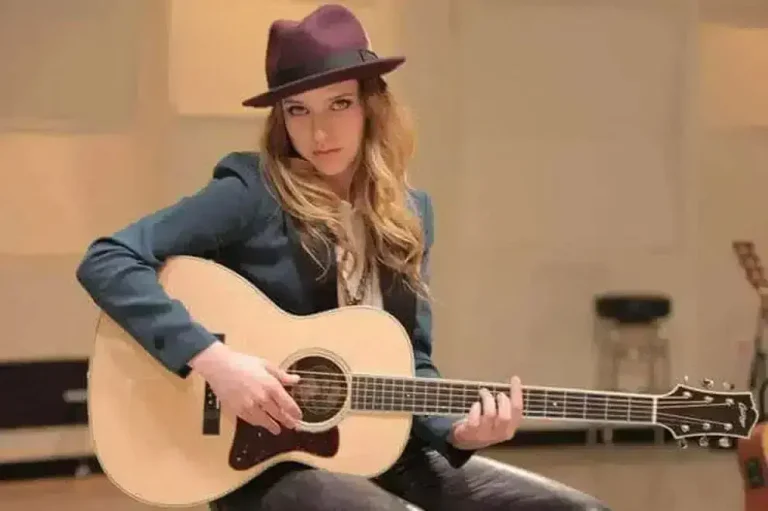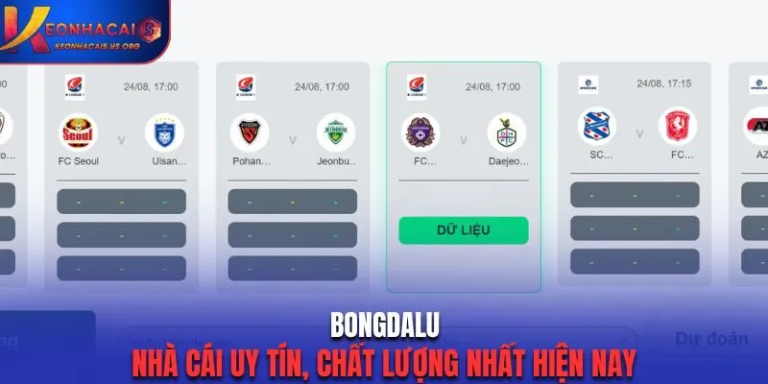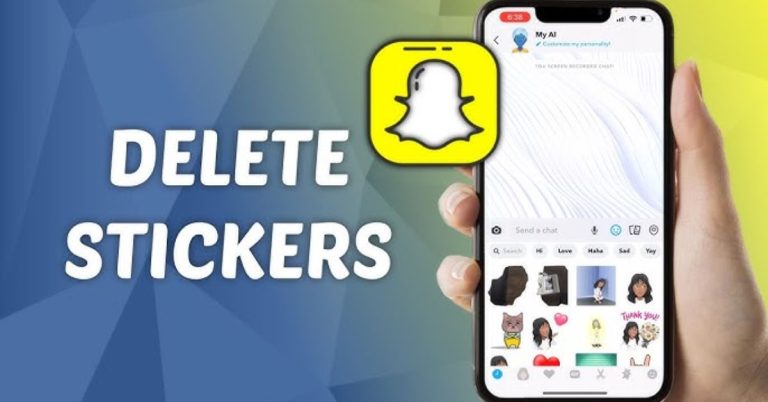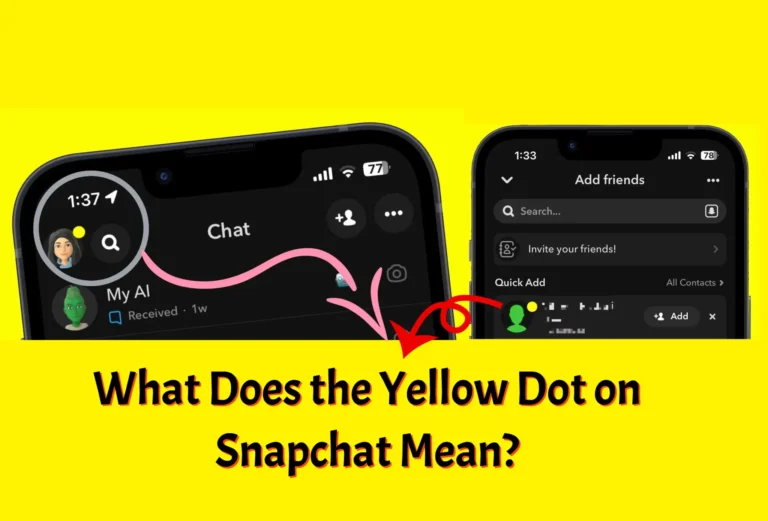Race Day on Snapchat: How Horse Racing Events Use Social Media Filters & AR
If you think that horse racing is for older people who sit there and watch the race with a newspaper in their hand, think again. The sport is evolving, and it’s introducing technology into the process just to make it more appealing for newer generations.
After all, there is a reason why you’re seeing so much horse racing content on social media lately. Honestly, the world of social media is crazy. There are filters, stories, live sessions, snaps, and short videos to the point where it is hard to keep up. However, horse racing organizations have noticed that most people spend their time on social media, which is why they are trying to get a piece of the action.
Horse racing has always been theatrical, full of ritual and drama, and now Snapchat is becoming part of that spectacle. The entire vibe of horse racing events is brought to a much younger generation on Snapchat, and this might be a good new way for the sport.
Let’s dive deeper into horse racing’s social media presence and find out how established horse racing events use social media to their advantage.
What’s Already Happening
Snapchat and horse racing have been friends for a while now, and it is not like a new trend that recently started popping off. A handful of race events already use AR and filters to enhance the experience.
One of the great examples was the Breeders’ Cup in 2020, where, through their official mobile app, they introduced AR filters to fans (even to those watching from home). People were able to wear horse racing hats (digitally), choose various outfits, place horses on their screen, and bring the entire hype of the Breeders’ Cup to their small screens.
This technology has limitless possibilities. People can get access to 2025 Breeders’ Cup Classic odds instantly, and maybe have an AR overlay on top of each horse showing their odds. That’s a great feature, right?
“Over the past few years working with YinzCam, we’ve continuously evolved our app experience to deliver the best of the Breeders’ Cup right to our fans’ mobile devices” said Justin McDonald, Senior Vice President, Marketing at Breeders’ Cup.
We can also spot another trend where we can see a general shift toward AR-enhanced venue apps. Racecourses are using AR just to allow fans to scan the track and get overlayed graphics like speed, positioning, jockey stats, and more. This is some next-level tech, and it is mainly focused on improving the overall fan experience at the racetrack.
Snapchat, Filters & On-Site Magic
Even though Snapchat isn’t usually the app that does the heavy lifting with AR (most big organizations have custom apps, or AR in-venue apps), we think that Snapchat has the tools to really shine in this space.
Their Sponsored AR Filters let brands create location-based overlays, face filters, themed frames, and more (sky is the limit here), which can be good for horse racing brands that don’t have the money to invest in AR technology and build their own apps.
A lens that places a jockey cap or racing silks on you automatically when you snap a selfie is one idea. Or maybe a filter that overlays race day graphics, like countdowns, sponsor logos, or animated thoroughbreds running across the screen.
Snapchat is the perfect app were, via lenses, stories, or filters, horse racing can get closer to their fan base. And since Snapchat has a younger demographic, this is also good for the sport, since they struggle to get the attention of younger generations.
Why This Works
There are a few reasons this stuff isn’t just gimmicky; it actually adds to the race day experience.
First, race days are visual feasts. Hats, fashion, horses, color, movement. Filters & AR let people lean into that spectacle and personalize it. Instead of feeling like a spectator, you become part of the show, your photo, your lens, your share.
Second, shareability matters. People love to post race day looks, share moments at the gate, show their favorite horse, or show off the view from the grandstand. Filters amplify that, turning a plain snap into a memory with style, context, and flair.
Third, it helps younger or more digitally native audiences feel at home. If you grew up with Snapchat, lenses, and AR effects, a race with no digital augmented moment might feel like something’s missing. It’s a way for traditional sports to stay relevant in a social media era.
Where It’s Headed
So where might this go next, now that the runway is open?
Well, the technology and the world of horse racing will continue to collide. Imagine arriving at the racecourse, and there is a Snap code on your ticket. You scan it, and suddenly your camera overlays a live leaderboard, gives you things to share with your friends, plenty of horse-inspired filters, and even filtered content about the event itself. Sounds perfect to me.
Another idea: crowd-sourced content overlays. As people snap filtered content, a live “fan wall” could show stories or snaps shared at the event, all with AR frames or filters, building that shared energy. Think stadium big screens but more intimate and interactive.
We might also see seasonal or recurring filters, for example, “Derby Day” hats, “Spring Carnival gowns,” or “Autumn fields” AR overlays that match the style of the event. Every time you attend, there’s a new filter to discover.
I think we still haven’t fully explored the potential of augmented reality, and there will be more interesting stuff in the future. Let’s just horse racing continues to follow the latest trends.







